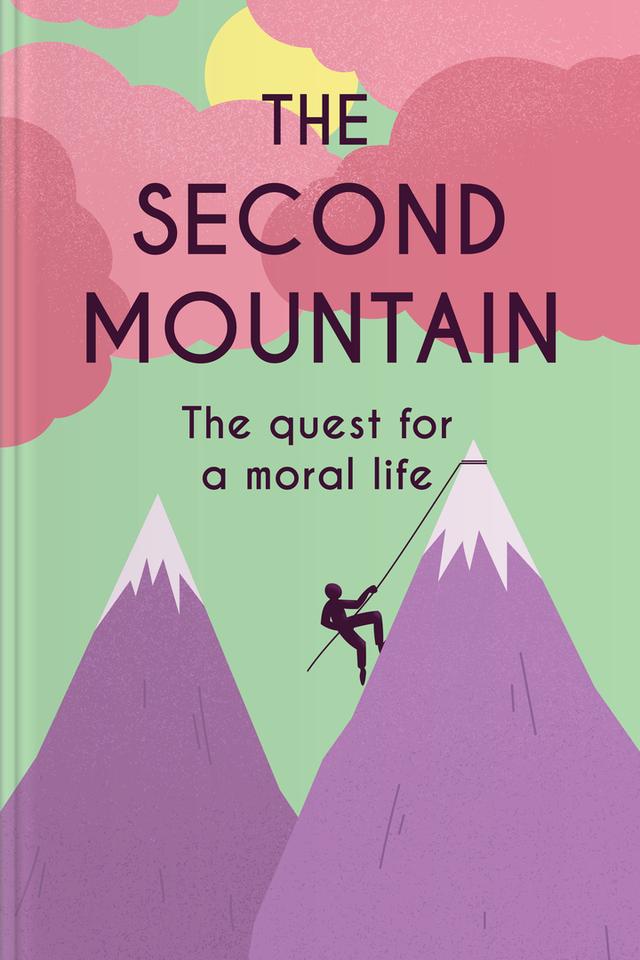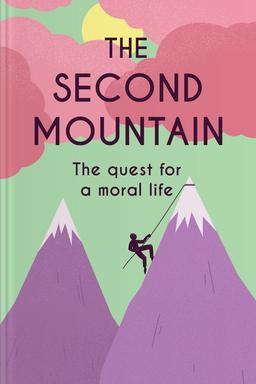You’ll learn
- Why small delights lead to big life changes
- About the transition from self-focus to deep bonds
- How giving changes who we are
- About the power of community in overcoming loneliness
russia has launched a full-scale war in Ukraine. Donate to support Ukraine and protect the world’s peace.

first KEY POINT
Every time David Brooks meets people who are always joyous and delighted about small pleasures, he begins to wonder how they came to be that way. He sees that their disposition is not a result of their perfection—they also get exhausted and stressed at times. However, they have learned to live for others and not themselves and have made commitments to family and loved ones. They understand why they are on earth, and their satisfaction is traced to a knowledge of this purpose. Although things can be difficult for them too, they have decided to pay attention to others. These people have decided to live on the second mountain.David Brooks believes that every human being takes the shape of two mountains. The first mountain is individualism—where people are self-centered, and the second mountain is relation and commitment centered. The focus of people that dwell at the first mountain is reputation management; they are looking for ways to be successful, enjoy personal happiness, and be valued in society. Having gotten to the peak, some of the first mountain dwellers will realize that it is unsatisfying. They will take time out to meditate on a more profound journey to take. Others who failed in the pursuit of the apex of the first mountain also take time out to seek an alternative. Amid these mediations and sufferings, they discover the second mountain. The second mountain is characterized by relationships and intimacy, at this point, your focus shifts to others and not you.
In this summary, you will learn how people migrate from the first to the second mountain. You will also be exposed to different ways to build a second mountain mentality.
second KEY POINT
A moral ecology is a micro-culture that persists among a group of people due to how they live their lives and the vibes they send out to those around them. Moral ecologies shape people's behavior and purpose in response to the challenges of their time. These moral frameworks evolve over time and differ across societies. During the mid-20th century, people in the Northern Hemisphere faced war and depression, and as a result, they formed unions, joined armies, and worked for big companies. Their moral ecology demanded collective effort, as evidenced by their motto, “we're all in this together”.

Continue reading with Headway app
Continue readingfirst KEY POINT
second KEY POINT
third KEY POINT
fourth KEY POINT
fifth KEY POINT